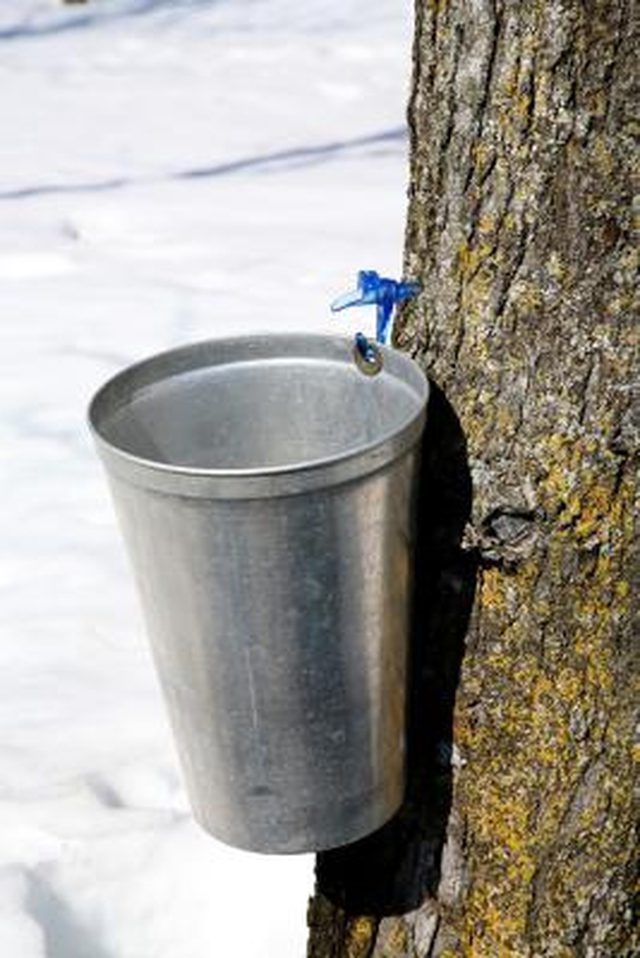Bulbs
Flower Basics
Flower Beds & Specialty Gardens
Flower Garden
Garden Furniture
Garden Gnomes
Garden Seeds
Garden Sheds
Garden Statues
Garden Tools & Supplies
Gardening Basics
Green & Organic
Groundcovers & Vines
Growing Annuals
Growing Basil
Growing Beans
Growing Berries
Growing Blueberries
Growing Cactus
Growing Corn
Growing Cotton
Growing Edibles
Growing Flowers
Growing Garlic
Growing Grapes
Growing Grass
Growing Herbs
Growing Jasmine
Growing Mint
Growing Mushrooms
Orchids
Growing Peanuts
Growing Perennials
Growing Plants
Growing Rosemary
Growing Roses
Growing Strawberries
Growing Sunflowers
Growing Thyme
Growing Tomatoes
Growing Tulips
Growing Vegetables
Herb Basics
Herb Garden
Indoor Growing
Landscaping Basics
Landscaping Patios
Landscaping Plants
Landscaping Shrubs
Landscaping Trees
Landscaping Walks & Pathways
Lawn Basics
Lawn Maintenance
Lawn Mowers
Lawn Ornaments
Lawn Planting
Lawn Tools
Outdoor Growing
Overall Landscape Planning
Pests, Weeds & Problems
Plant Basics
Rock Garden
Rose Garden
Shrubs
Soil
Specialty Gardens
Trees
Vegetable Garden
Yard Maintenance
Why Do Maple Trees Produce Sap?
Why Do Maple Trees Produce Sap?. The sugar content of sap that oozes from a maple tree is much higher than that of other trees, allowing for the signature flavor of the maple. The sap of the tree is its lifeblood.

The sugar content of sap that oozes from a maple tree is much higher than that of other trees, allowing for the signature flavor of the maple. The sap of the tree is its lifeblood.
Significance
Sap in a maple tree, or any tree, is comparable to human blood. It is the substance that moves water, sugars and nutrients throughout the tree. The process of utilizing a tree for its sap begins as sugar is produced in the leaves during the process of photosynthesis.
Sugar Conversion
The sugar is then transported by sap into the wood of the maple where it is stored over the winter. The sweet substance converts into sucrose and dissolves into the sap. As temperatures rise above freezing in the spring, pressure increases within the tree, forcing sap to ooze from any cracks or holes.
Rhythmic Pattern
When temperatures are below freezing, the opposite effect occurs. A suction develops that pulls water into the sap and tree for replenishing. Sap moves throughout a section of the outer tree trunk called sapwood. Sap stops flowing away from the tree when night and day temperatures no longer fluctuate between freezing episodes.